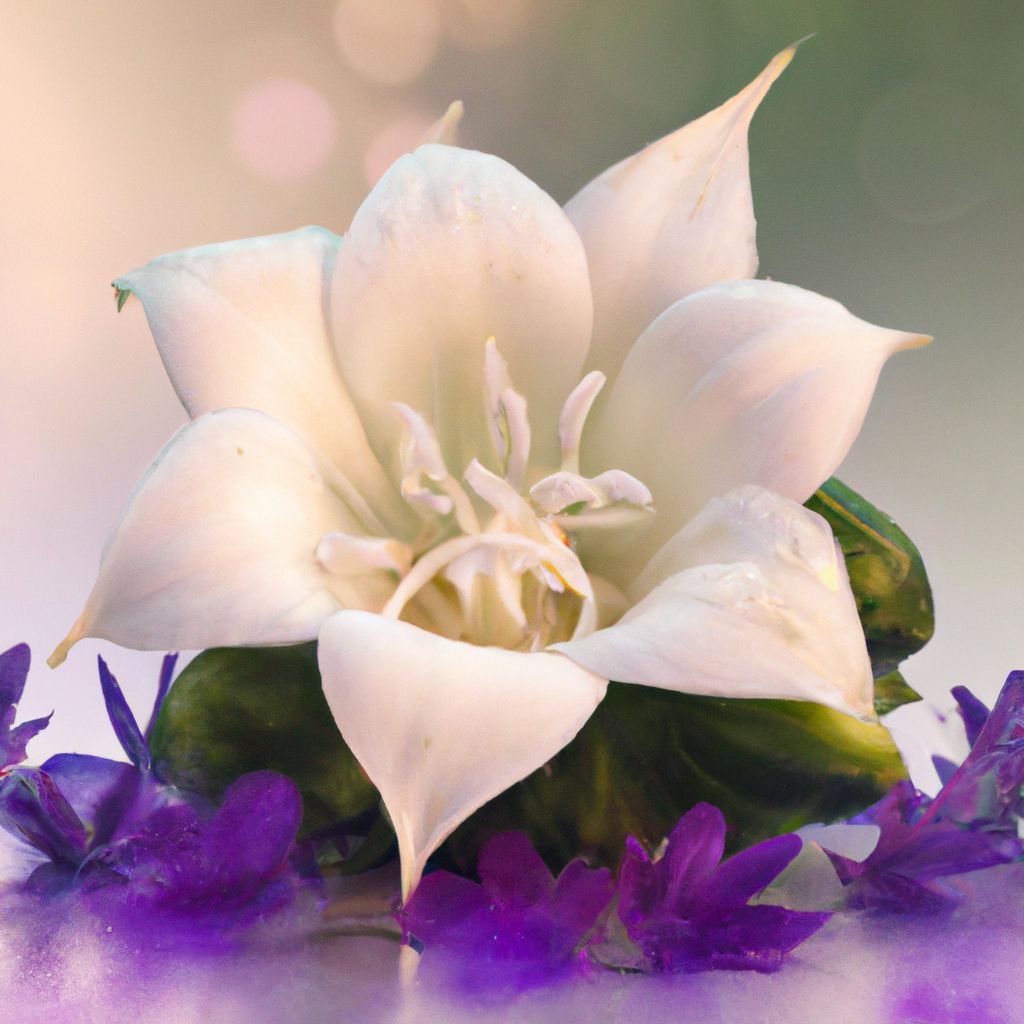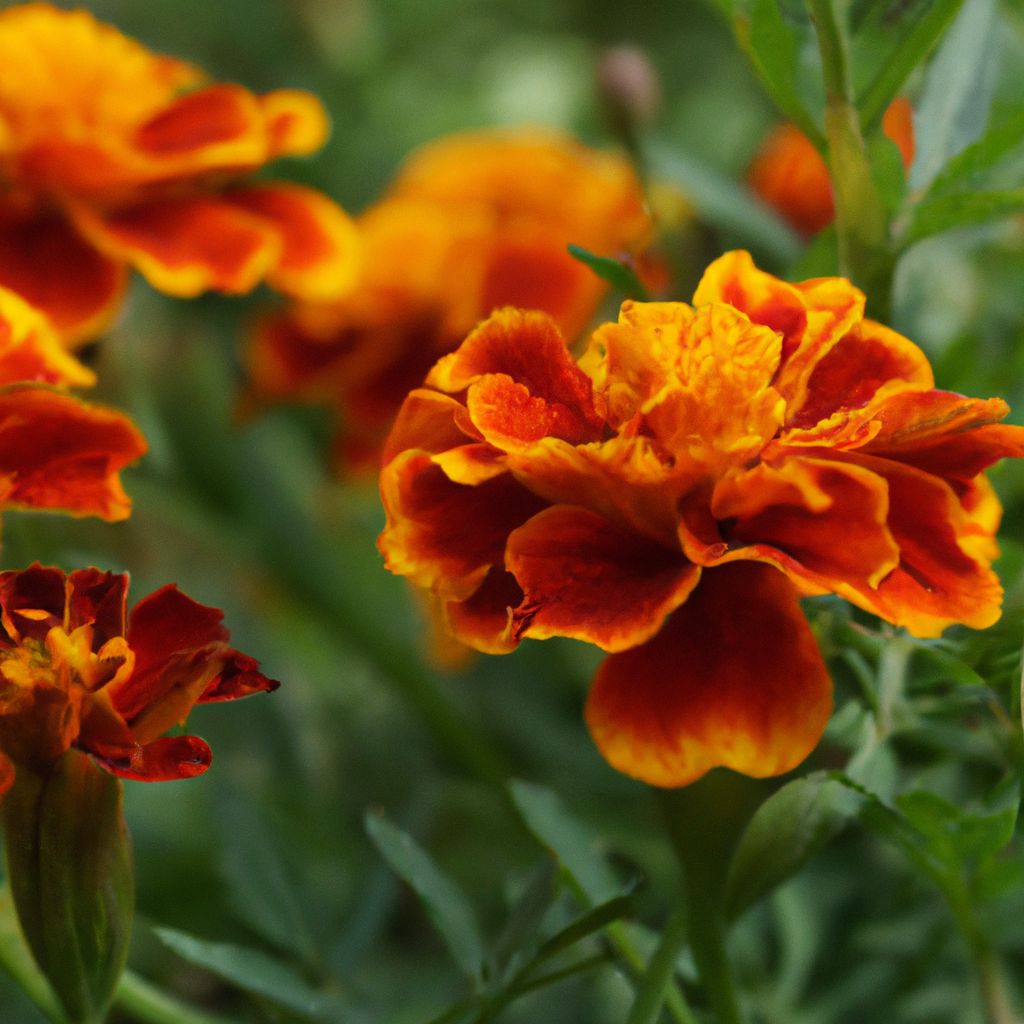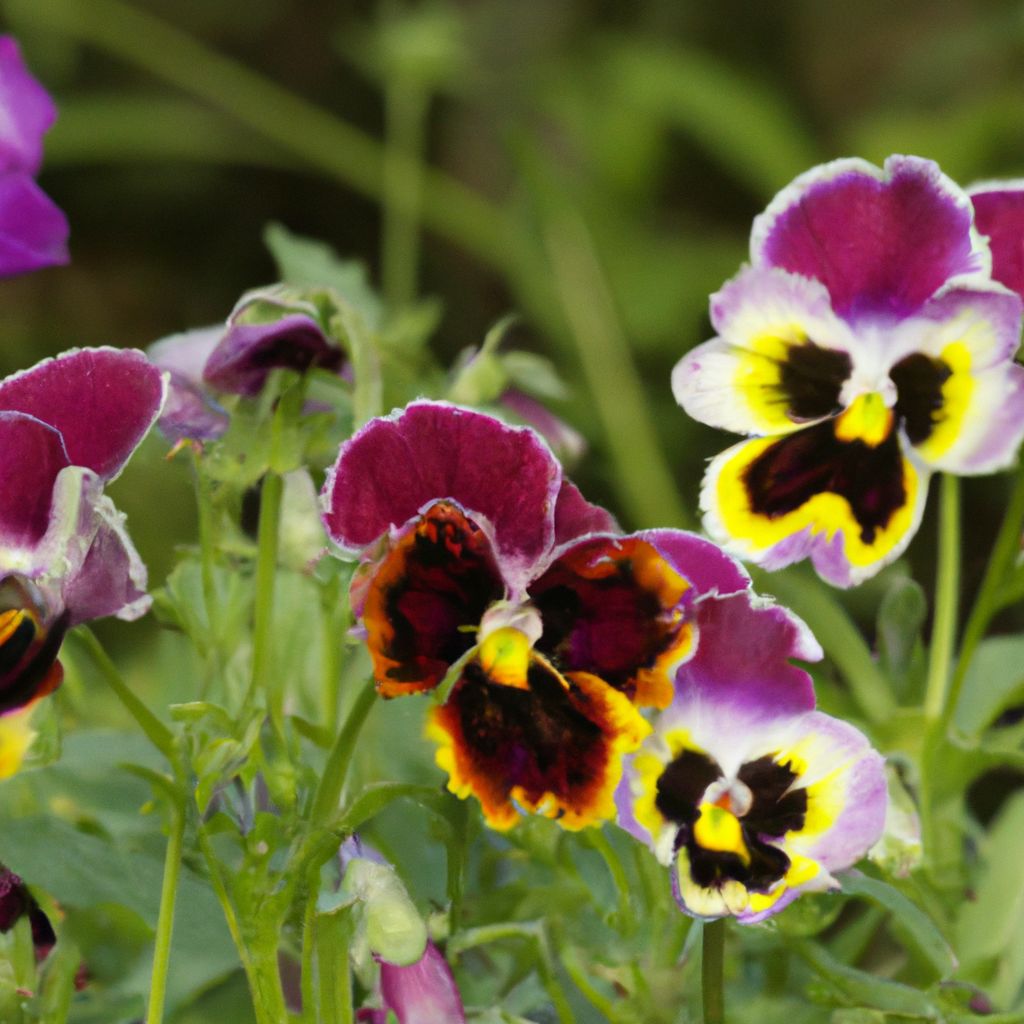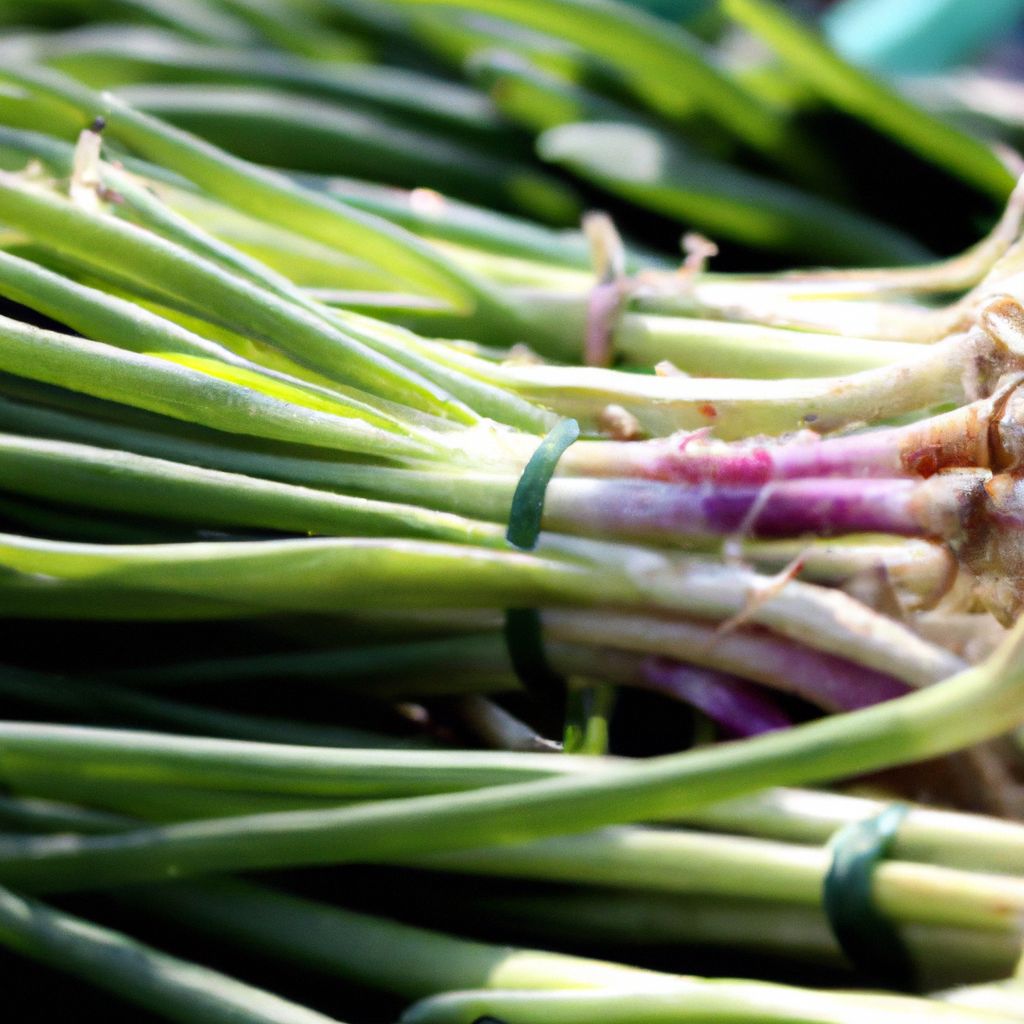Propagating these vibrant flowers, cultivated in Australia and Oceania, can bring exotic beauty into your own backyard. Cultivating these native flowers allows you to preserve biodiversity, connect with local flora, and enjoy cost-effective gardening. With proper techniques, you can successfully grow these exotic plants from seeds, cuttings, or divisions. Let’s explore the allure of these unique flowers and how to propagate them at home.
The Benefits of Propagating Australian and Oceanian Flowers
Preserving Biodiversity
Propagating Australian and Oceanian flowers helps maintain the region’s rich plant diversity. Growing these indigenous flowers contributes to vital conservation efforts by supporting their fragile natural habitats and preventing the loss of unique species. Your home garden can play a meaningful role in enhancing overall ecosystem health and resilience.
By propagating a diverse range of exotic blooms, you also create an inviting habitat that attracts and sustains various essential pollinators. Bees, butterflies, hummingbirds and other insects and birds are drawn to the bright colors and sweet nectar. These creatures carry pollen from flower to flower, enabling cross-pollination and reproduction of plants. A vibrant home garden supports biodiversity on many levels.
Additionally, propagating exotic flowers allows you to appreciate the singular beauty and intricacy of Australian and Oceanian flora. It is a rewarding and fulfilling experience to nurture these rare species in your own backyard and witness their distinctive blooms up close. Your cultivation efforts contribute to preserving the planet’s precious botanical heritage.
Connecting with Local Flora
When you propagate exotic flowers native to Australia, New Zealand or the Pacific Islands, you develop a deeper bond with the flora of these remarkable regions. Caring for these unique plants creates a meaningful connection with the natural landscapes that gave rise to their vibrant beauty.
These flowering species have evolved to thrive in their native climates and conditions. By learning about their ideal soils, sunlight levels and water needs, you gain valuable insight into the habitats that shape their growth. Getting your hands dirty cultivating Waratahs, Kangaroo Paws and Hawaiian Hibiscus allows you to intimately understand the landscapes that these exotic plants call home.
Beyond their physical needs, many exotic blooms also have profound cultural importance to indigenous peoples of Australia, New Zealand and the Pacific. Propagating these significant flowers can strengthen your appreciation for ancient customs and ancestral knowledge. For example, native Hawaiians traditionally use Frangipani flowers to craft leis for ceremonies. Maori legends tell how the vibrant red flowers of the Pohutukawa tree in New Zealand earned their color.
Overall, propagating exotic flowers creates a bridge between your own backyard and the faraway lands these species originate from. It deepens your wonder at the diversity of life and habitats across the planet’s vast geography.
Cost-Effective Gardening
Let’s not forget the simple satisfaction of growing your own exotic blooms rather than buying them. Starting flowers from seeds or cuttings you collect yourself is far more affordable than purchasing mature potted plants from the nursery. A bit of patience and care yields abundant, vibrant flowers that will continue propagating themselves season after season.
Here are some thrifty tips for keeping your exotic plant propagation budget-friendly:
- Reuse containers like yogurt cups or tin cans rather than buying expensive new pots and planters. As long as they have drainage holes, everyday items can be repurposed for planting.
- Join a local garden club or community seed exchange. Trading seeds and cuttings with fellow enthusiasts expands your exotic plant palette at zero cost.
- Take advantage of in-ground propagation by dividing mature plants already growing in your garden. Many exotic flowers can be divided and transplanted for free.
- Look for free resources like videos, library books and extension service guides to learn propagation techniques. No need to spend money on classes or seminars.
With creativity and resourcefulness, you can build an exotic botanical oasis on even the most limited budget. The satisfaction of nurturing your very own patch of Australasian paradise is priceless.
How to Propagate Flowers Cultivated in Australia and Oceania
If you’re ready to dive into the exciting world of exotic plant propagation, it’s helpful to understand some key techniques. Let’s explore core methods for successfully growing Australian and Oceanian flowers from seeds, cuttings and divisions.
Collecting Seeds

Seed collection is a great way to propagate many exotic flowers, allowing you to replicate vibrant new blooms each year. Follow these steps for harvesting and planting seeds from mature, healthy plants:
- Identify seed pods that have turned brown, brittle and dry. Carefully collect the pods and remove the seeds inside.
- Let seeds dry fully, then store in cool, dark place in breathable containers like paper envelopes. Viability lasts 1-3 years for most.
- Before planting, test seed viability by placing a sample on a damp paper towel to check germination rates.
- Prepare planting containers with sterile seed starting mix. Moisten mix and plant seeds according to package directions.
- Cover seeded containers with plastic wrap or dome lids to retain moisture during germination.
- Place containers in warm location (65-75°F) with indirect sunlight. Most seeds germinate in 10-20 days.
- Once sprouted, remove lid and move seedlings to brighter light. Thin sprouts and transplant into garden after last frost.
Proper seed harvesting, storage and planting sets your exotic propagations up for success. Taking time to nurture seedlings results in abundant flowering plants.
Taking Cuttings
Many exotic blooms can be propagated by taking cuttings from parent plants and rooting them to create clones. Follow these steps:
- Use sharp, sterile pruners to cut a 4-6 inch stem below a leaf node. Remove lower leaves.
- Optional: Dip cut end in rooting hormone powder/gel to spur root growth.
- Plant cutting in sterile mix like perlite, peat and sand. Water well and cover with plastic to retain humidity.
- Place cutting container in warm area (65-75°F) away from direct sun. Rooting takes 1-6 weeks.
- Check frequently for root formation. Plant in garden or larger pot once established.
With proper care, cuttings readily generate extensive root systems and grow into mature, blooming plants. It’s a fast, easy propagation method for many exotic flowers.
Dividing Plants
Mature exotic flowers often respond very well to division, allowing you to expand your plantings for free. Here’s a simple division process:
- Water plant thoroughly a day before dividing to make root separation easier.
- Carefully dig up entire plant and shake off excess soil. Keep roots intact.
- Using clean, sharp tools, separate root mass into smaller sections with plenty of roots.
- Replant divisions in garden spaces amended with compost. Keep well-watered.
- Divisions may look rough at first but will establish quickly with care. Blooms return within 1-2 seasons.
Dividing overgrown exotic plants revitalizes their growth and generates more robust, long-lived specimens for your garden. It’s one of the easiest propagation methods.
Tips for Successful Exotic Flower Propagation
You now have a helpful overview of core propagation techniques. Applying these methods with care and patience will fill your garden with vibrant exotic blooms. Here are some key tips to support your propagation success:
Choose Healthy Parent Plants
Start with robust, mature specimens free of disease or pest damage. Take cuttings from vigorous new growth. Collect seeds only from plants with outstanding flowers. A healthy parent is vital for robust propagation.
Provide Proper Soil
Well-draining soil amended with compost gives seeds and cuttings the light, fluffy medium they need to root strongly and grow. Specific exotic flowers may need customized soil – research needs.
Offer Optimal Sunlight
Most exotic blooms relish full sun but some prefer partial shade. Observe the parent plant’s exposure and replicate it. Adjust as needed to prevent scorching or encourage more blooms.
Practice Consistent Watering
Maintain even moisture in propagation and newly planted containers. Take care not to oversaturate. Seedlings and cuttings require constant moisture to root successfully.
Fertilize Strategically
Use balanced fertilizer at 1/4 strength until propagations are established. Then begin full-strength feeding to fuel growth and flowering. But don’t over-fertilize tender young plants.
Monitor Conditions Closely
Check soil moisture, sunlight, signs of pests daily. Baby exotic plants need vigilant care. Customize care to ensure ideal conditions. React promptly to any issues observed.
Have Realistic Expectations
Some exotic species propagate much faster than others. Avoid frustration by researching timelines. Propagation and growth take patience and persistence.
Enjoy the Process!
Don’t get discouraged by setbacks. Propagation is rewarding but often involves trial and error. Keep fine-tuning your methods and celebrate small wins.
Common Australian and Oceanian Flowers to Propagate

Now that you’re armed with propagation know-how, you may be wondering which specific exotic flowers are suitable for beginners. Here is an excellent selection of eye-catching Australian and Oceanian species to try:
Kangaroo Paw
Native to southwestern Australia, these striking blooms have fuzzy, tube-shaped flower spikes resembling animal paws. Kangaroo Paws come in brilliant warm colors like red, yellow, orange and green.
- Propagation: Seed collection or division
- Growing Conditions: Full sun, well-drained sandy soil
- Care Tips: Drought tolerant but occasional deep watering beneficial. Divide clumps when overcrowded.
Waratah
This Australian native has showy, crimson flower heads made up of hundreds of wispy blooms. A NSW emblem, its nectar attracts birds and bees.
- Propagation: Seed (challenging – low germination rates)
- Growing Conditions: Full sun to partial shade, acidic well-drained soil
- Care Tips: Prune lightly after flowering. Mulch in dry periods.
Flannel Flower
Delicate flowers with woolly texture and silver-gray leaves make this Australian native earn its name. Subtle lavender blooms appear in spring and summer.
- Propagation: Seed, cuttings, division
- Growing Conditions: Sun to part shade, moist well-drained soil
- Care Tips: Deadhead spent flowers to encourage more blooms.
Frangipani
This tropical tree or shrub bears heavenly scented flowers in shades of pink, yellow, white and red. A classic Hawaiian lei flower, it’s native to eastern Australia.
- Propagation: Semi-hardwood cuttings
- Growing Conditions: Full sun, loamy soil
- Care Tips: Bring indoors during cold weather. Water generously in summer.
Bird of Paradise
Unmistakable orange and blue “bird” flowers make this South African native a dramatic landscape showstopper. It thrives in tropical gardens.
- Propagation: Divisions of older plants
- Growing Conditions: Bright indirect sunlight, humus-rich soil
- Care Tips: Provide warm temperatures year round. Shelter from wind.
Silver Dollar Gum
This eucalyptus tree from eastern Australia has enormous round leaves that shimmer silver in sun. Striking height makes it a focal point.
- Propagation: Seed
- Growing Conditions: Full sun, tolerates most soils
- Care Tips: Fast growing but can be invasive. Coppicing controls size.
Crown of Thorns
A flowering succulent native to Madagascar and Australia, it produces vivid red, orange or pink bracts year-round. Thorny stems inspire its name.
- Propagation: Cuttings
- Growing Conditions: Full sun, sandy potting mix
- Care Tips: Allow soil to dry between waterings to prevent rot.

Bringing the Exotic Home
As you can see, Australia, New Zealand and the Pacific offer an abundance of unique flowering plants perfect for home gardeners to propagate and enjoy. However, bio-control from these zones are a serious business, and vital to protecting their local and our global ecosystems. Check the local laws and regulations, and make sure you declare any plants you take in or out at border control.
Propagating exotic blooms provides deep satisfaction along with beauty. Tend your patch of botanical paradise thoughtfully and you will be rewarded with a lifetime of wonders. With a bit of patience and care, you can surround yourself with the vibrant colors, intoxicating scents and exotic textures of these regions’ remarkable native flora. Let these exotic beauties transport you to lands afar each time you stroll your backyard oasis.

















































